
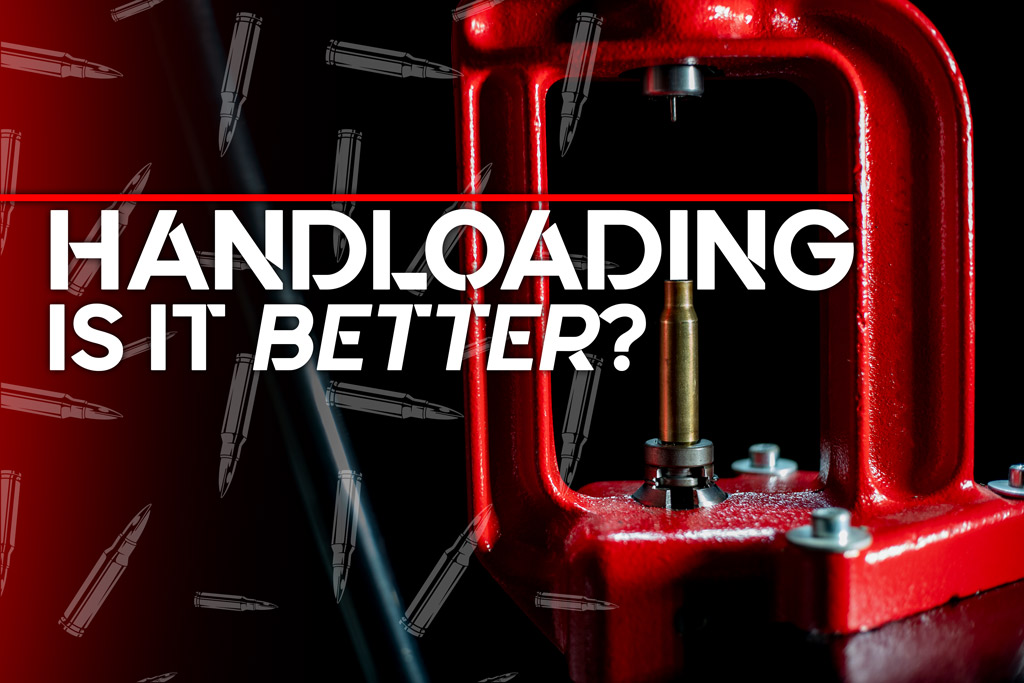
By Guy J. Sagi
Today’s gun owners are familiar with unexpected ammo shortages and the prices they often bring. Stocking up when inventory is high is one solution, especially for high-volume shooters, but is handloading a better alternative?
Shooters endured several periods of low-to-no cartridge inventories in just the last decade. The latest was when Covid-19 commingled with widespread social unrest. A record number of people purchased their first firearm during that period—6.2 million in 2020 alone—and all those new owners needed ammunition. Add longtime gun owners stocking up simultaneously, and the cartridge scarcity is understandable.
A temporary halt in operations at Remington Ammunition, historically one of the nation’s biggest producers, worsened the problem. Vista Outdoor purchased the historic plant during Remington Outdoor Company’s bankruptcy in 2020. Inheriting worn and outdated machinery, they paused production to upgrade. It was well into 2021 before cartridges rolled out of the renewed factory again.
The factory’s primary focus remained filling backorders for in-demand 9mm NATO, .45 ACP, 5.56mm NATO, and 7.62mm NATO loads. The vacuum of ammunition for other chamberings led many few enthusiasts to consider rolling their own ammo from the comfort of home.
What Is Handloading?
Handloading, or reloading as it is often called, is the art of manually loading firearm cartridges, by assembling individual components, including bullets, casings, primers, and powder into complete cartridges. These reloading components are purchased separately and then assembled during the reloading process. The reloading prossess produces finished ammunition with the use of tools, dies, and machines called presses.
People in the industry who identify as “Handloaders,” or as “Reloaders” can be quite different. A Handloader, is often an obsessive shooter, motivated to go to great lengths to achieve scientific levels of precision. Cost considerations are secondary, and factory-loaded ammo simply isn’t going to be up to their standards. On the other hand, Reloaders are motivated by the ability to marginally improve the performance of their firearm for specific applications. While the majority are into reloading for the cost savings.
Is handloading a better alternative for you? Here are a few critical considerations to weigh before beginning the pursuit, starting with the advantages.
Handloading: Cash Savings
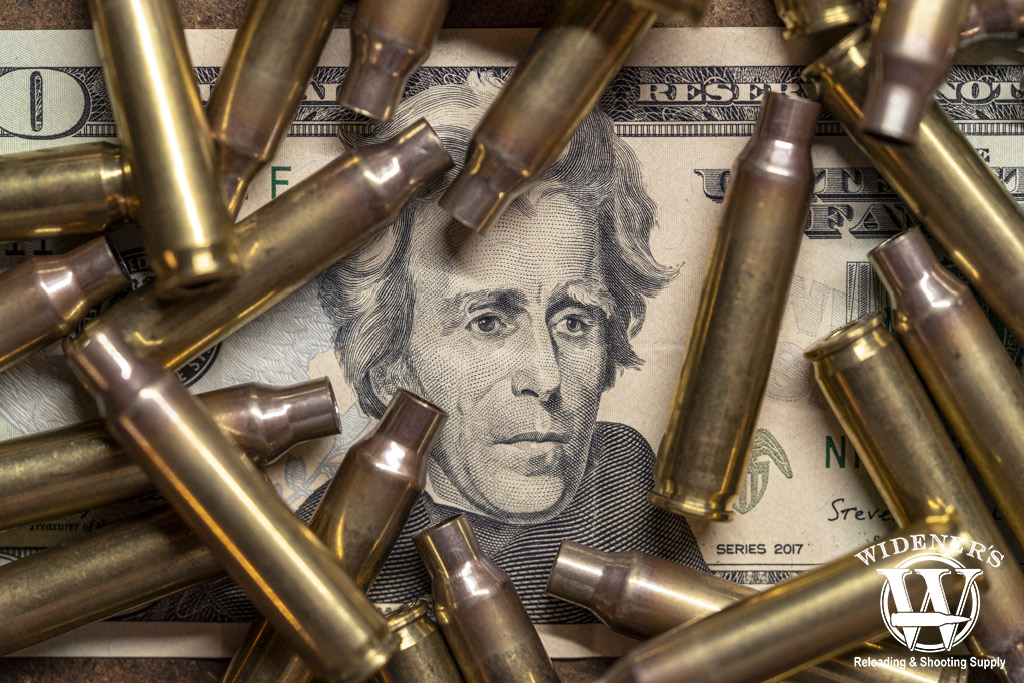
The savings may not seem immediate, but they add up over time with bulk reloading.
If you’re already buying ammo in bulk, you’ve got plenty of reloadable brass on your hands. You could resell it, but you could also reload it. There’s no denying handloading is financially sound for avid enthusiasts and competitive shooters who go through thousands of rounds annually. Their investment in each hand-loaded cartridge may only be a few cents cheaper than the cost of bulk or surplus buys, but it adds up over time.
Availability
Volume alone, however, isn’t the only factor when calculating savings. There’s been a resurgence in the popularity of cartridges once rarely seen in the field and an explosion of all-new ones. Their performance is often eye-opening, but ammunition manufacturers stay in business by responding to demand.
Unfortunately, that relegates many cartridges to second- or third-tier status in production, where they get bumped off the schedule when higher-volume orders arrive. As a result, less popular ammo can be hard to find, more expensive, or simply unavailable—especially during or shortly after a shortage. When that happens, gun owners with handloading equipment and components can save some serious coin, even if their range visits are relatively infrequent.
During those painful periods, it may be their only alternative besides staying home and watching Gilligan’s Island reruns. Even enthusiasts who own guns that run more common ammunition fall victim to inflated prices and scarcity during the now-chronic shortages.
Better Precision & Accuracy
Money isn’t the only reason to handload, however. For long-distance enthusiasts, the siren’s song is the unrivaled precision and consistency it affords. Done right, what comes out of that press can outperform commercial match loads. It also allows hunters to harness the terminal performance of a favorite bullet in a configuration not readily available on the market.
The Devil Is In the Details
Identical make and model firearms may look the same and share exact specifications, but their bullet weight, profile, and propellant charge preferences are nearly always different. The difference is often slight but is sometimes dramatic, especially at distance.
Regardless of barrel length or method of operation, experts acknowledge that even twin guns made seconds apart aren’t clones when it comes to groupings downrange.
Handloading: Does It Matter That Much?
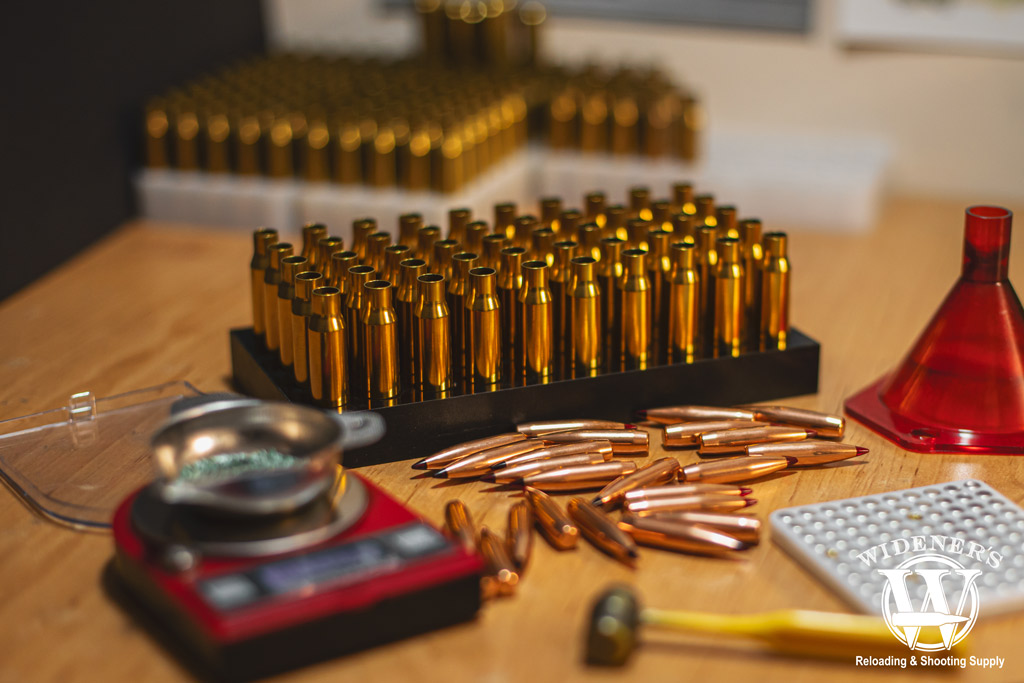
Having the ability to customize a load to your firearm is one of the benifits of handloading.
At self-defense distances, that characteristic is hard to witness. However, experienced rifle owners in pursuit of precision understand and adapt to the variance. They methodically experiment with different types of commercially available ammo until they find one that consistently prints the tightest groups while wearing a pursuit-appropriate bullet. It’s sometimes surprising which “pet load” a gun prefers, but the only way to find it is to put in trigger time and take detailed notes.
Most hunters know the routine and stock up on that load, but serious long-distance competitors who don’t handload take things a step further. Once they find that magic mix ideal for winning matches, they make a bulk purchase.
This tactic isn’t just stereotypical stockpiling, though. They insist that each case they take home comes from the same lot number as the cartridges that performed so well. Matching the numbers printed on the box usually means they were made the same day, minimizing tiny variables introduced at the factory, including tooling changes, recalibration, and a host of other factors. Today’s computer-driven technology ensures enough consistency to ensure the safety of enthusiasts, but tiny differences magnify at distance.
Controlling The Variables
Handloaders, on the other hand, brew their own “pet” load. They can experiment with reduced or maximum powder charges, different bullet weights, profiles, and more. Reference books and computer programs offered by several companies provide detailed information on accepted loads and safety boundaries never to venture beyond.
Propellant listings for each cartridge will have accepted maximum and minimum grain weights. Still, there’s plenty of room between, and expert handloaders create several different versions somewhere in that range, each wearing the same bullet. They might even load some with different powders.
Armed with at least five of each homebrewed load, ideally more, they head to the range and test from the bench. Copious notes are required, along with some basic math. You also need time to let the barrel cool between shots, because keeping conditions identical is critical. After measuring groups downrange, one will likely outshine the others. When it does, they’ve created their own match winner, one they can continue fine-tuning as time allows.
Reduced Recoil
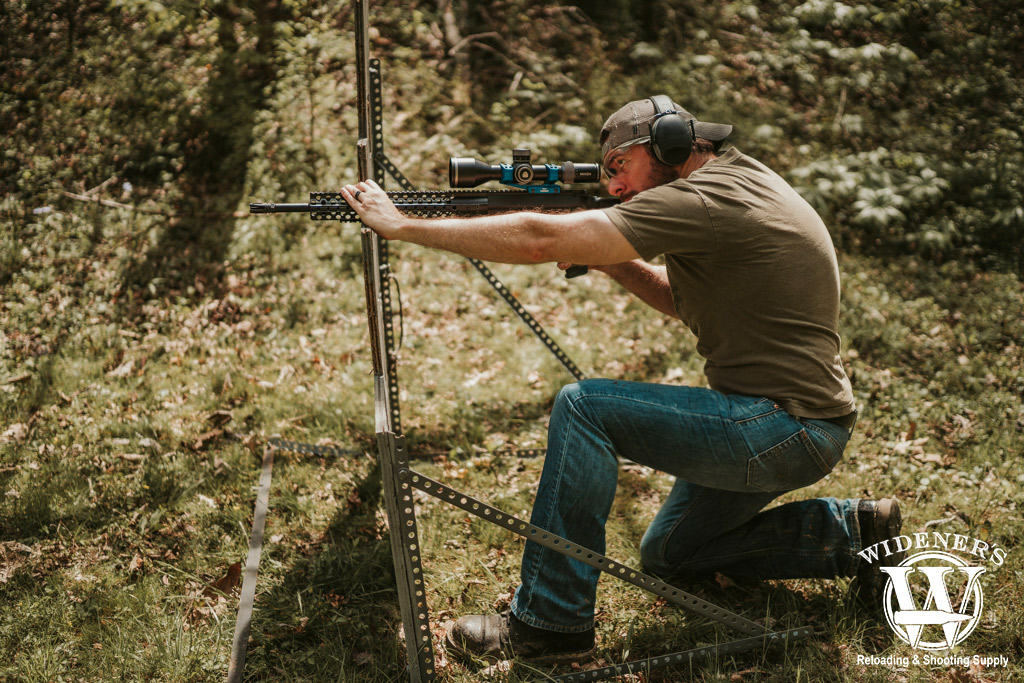
Custom handloads can positively impact the overall performance parameters of a firearm.
There’s another advantage to handloading. Lean toward the low end of tolerances, test fully, and you’ve created a custom reduced-recoil load. After all, those soft-on-the-shoulder alternatives are hard or impossible to find in every chambering.
That’s a massive advantage for shotgunners, too. Handloading shotshells is a family-friendly hobby that delivers a solid understanding of firearms and the physics involved. That’s especially true when you convince your children (like I did) to make their own. When armed with reduced-recoil 20-gauge shells, I haven’t met a youngster yet who complained of discomfort, even after high-volume dove season openers.
Commercial shotshells routinely go on sale throughout the year, so don’t expect to save a ton of money, if any. However, the presses are reasonably priced, and it’s relaxing fun, even without loved ones by your side.
Drawbacks
Handloading, however, is not a panacea. It takes time, for one thing. Creating those cartridges and shotshells is not entirely automatic, even with a multi-stage press capable of performing several steps simultaneously.
Enthusiasts with a hectic business schedule and a family calendar filled with activities need to weigh that fact before purchasing, which brings up the next drawback. There is an initial investment.
A top-end setup that synchronizes several steps, like priming, weighing and dropping powder, and more, can be expensive. However, if high-volume efficiency is the goal, it will save you a lot of effort in the long run.
Maximizing The Benefits
There’s also the option of going old-school with a budget-friendly, single-stage manual press like RCBS’s original Rock Chucker. It’s slow in comparison, but there’s no drop in cartridge performance. This style system is ideal for newcomers first exploring the hobby. Cranking down once for each step in the process also helps maintain sharp focus, yet another consideration.
Attention to detail is critical when handloading. Take a call on that smartphone at the wrong time, and you wouldn’t be the first to seat a primer backward or forget to drop powder. Safety demands focus on every step while handloading. It’s a process best accomplished without distraction. And, as with everything firearm-related, you should never consume adult beverages during the process.
All the gear, powder, primers, cases, and dies need space. Find a spot before you make any purchase. Make sure it’s far from kitchen heat, on a sturdy bench, dry, and in a place capable of preventing unauthorized access. Curious children, primers, and propellants don’t mix well.
Making your own self-defense loads probably isn’t a good idea, either. It’s doubtful a prosecuting attorney will claim anyone deliberately created something unduly deadly, but why risk it?
Conclusion: Is Handloading A Better Alternative?
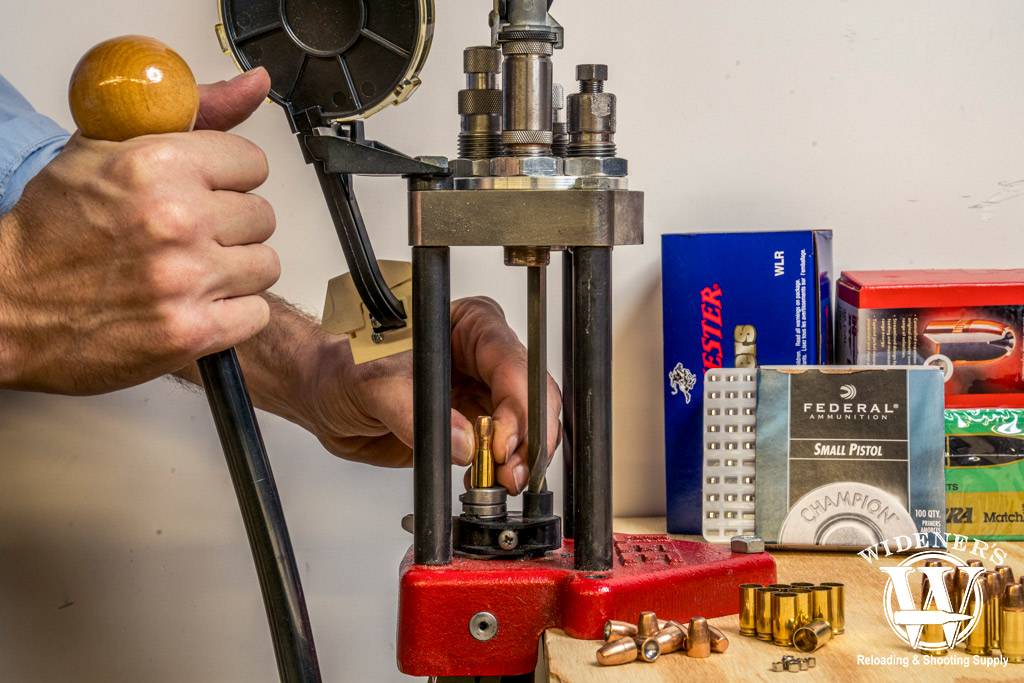
There’s no wrong time to start handloading, you’ll gain a wealth of knowledge in the process.
There’s no denying handloading is not ideal for every gun owner. Time, initial outlay, space, and other considerations can make it a less ideal ammunition supply choice.
However, avid shooters and newcomers eager to learn should carefully consider it. You can gain a wealth of knowledge by rolling your own, which pays dividends for years to come.
Consider this if you’re still unsure whether to take up the hobby. There’s another ammo shortage somewhere out on that horizon. We don’t know how severe and prolonged it will be when it strikes. Make no mistake, though, it’s coming. It may be a result of terrorist attacks, violent protests, proposed legislation, or conflict half a world away. No matter what the cause, fully stocked handloaders will have a solid line of defense when the shortage arrives.


